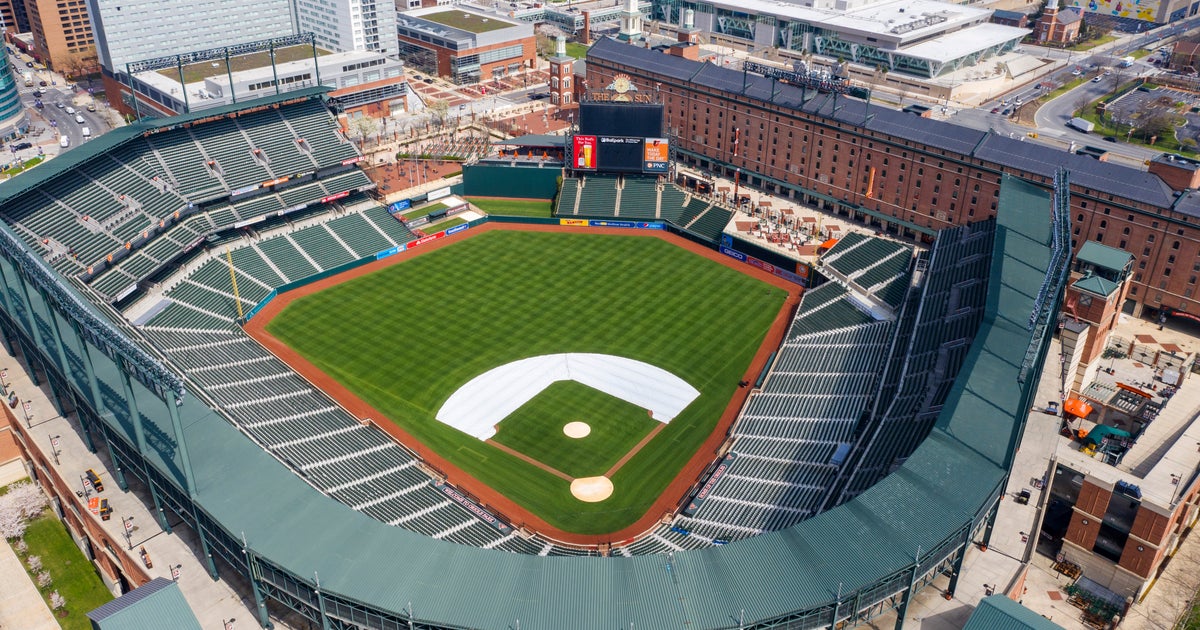Under 1% of MLB employees test positive for virus antibodies


NEW YORK (AP) — Just 0.7% of Major League Baseball employees tested positive for antibodies to COVID-19, the illness caused by the new coronavirus.
Results were based about about 5,600 completed records from employees of 26 clubs. Samples were obtained on April 14 and 15.
“It allows us to get a peek of the nation-wide prevalence,” said Dr. Jay Bhattacharya at Stanford, one the study’s leaders, said Sunday.
The start of the baseball season has been delayed because of the virus outbreak. There’s no timetable for when the season might begin.
Sixty people tested positive in the raw data, and adjustments were made for false positives and false negatives. Bhattacharya said the survey had a 0.5% false positive rate.
Antibodies are produced by a person’s immune system if they have been infected by a virus.
MLB employees have been less affected than their surrounding communities have been, Bhattacharya said.
The University of Southern California and the Sports Medicine Research and Testing Laboratory in Salt Lake City also led the study.
Data for players was not broken out. The study was not representative of the overall population, given 95% of the participants were under 65 and few reported comorbidities.
MLB team doctors looked at results last month. The goal of the study was to better determine how widespread COVID-19 is, which could aid governments and health professionals in their evaluation of when to lift stay-at-home orders.
The Chicago Cubs, Cincinnati, Colorado and Miami did not participate, Bhattacharya said.
“The MLB population is a special population. They’re not representative of every city that they’re in,” Bhattacharya said. “They also are more well to do than a typical population, so it’s not representative. … They have an organization that allows us to sample in just two days time in so many places all at once. And that’s unique.”
“I don’t get the sense that they are doing it to benefit them,” Bhattacharya said. “If the economy opens up, sports are huge gatherings. So in a sense it benefits everybody. I actually think they’re doing it because they want to contribute to public health knowledge.”
Each club was given approximately 350 tests.
“To be able to have a window into how widespread the epidemic is in so many places all at once is a really special thing,” Bhattacharya said.






